Discovering the Seven Wonders of the Modern World involved exploring awe-inspiring landmarks worldwide. Inspired by ancient wonders, a Swiss foundation updated the list in 2000, aiming to celebrate human achievements in landscapes, monuments, and landmarks. People voted online or via text messaging to determine the final selection.
After 100 million votes, the results were announced in 2007. The initiative sparked immense interest and ignited debates about the significance, brilliance, impact, and beauty of the chosen wonders.
Unveiling the Seven Wonders of the Modern World received both enthusiasm and criticism. While some praised the selected landmarks, others expressed disagreement, particularly regarding exclusions such as the Acropolis. However, this endeavor serves to appreciate contemporary wonders that continue to inspire awe across generations.
Great Wall of China Seven Wonders of the Modern World
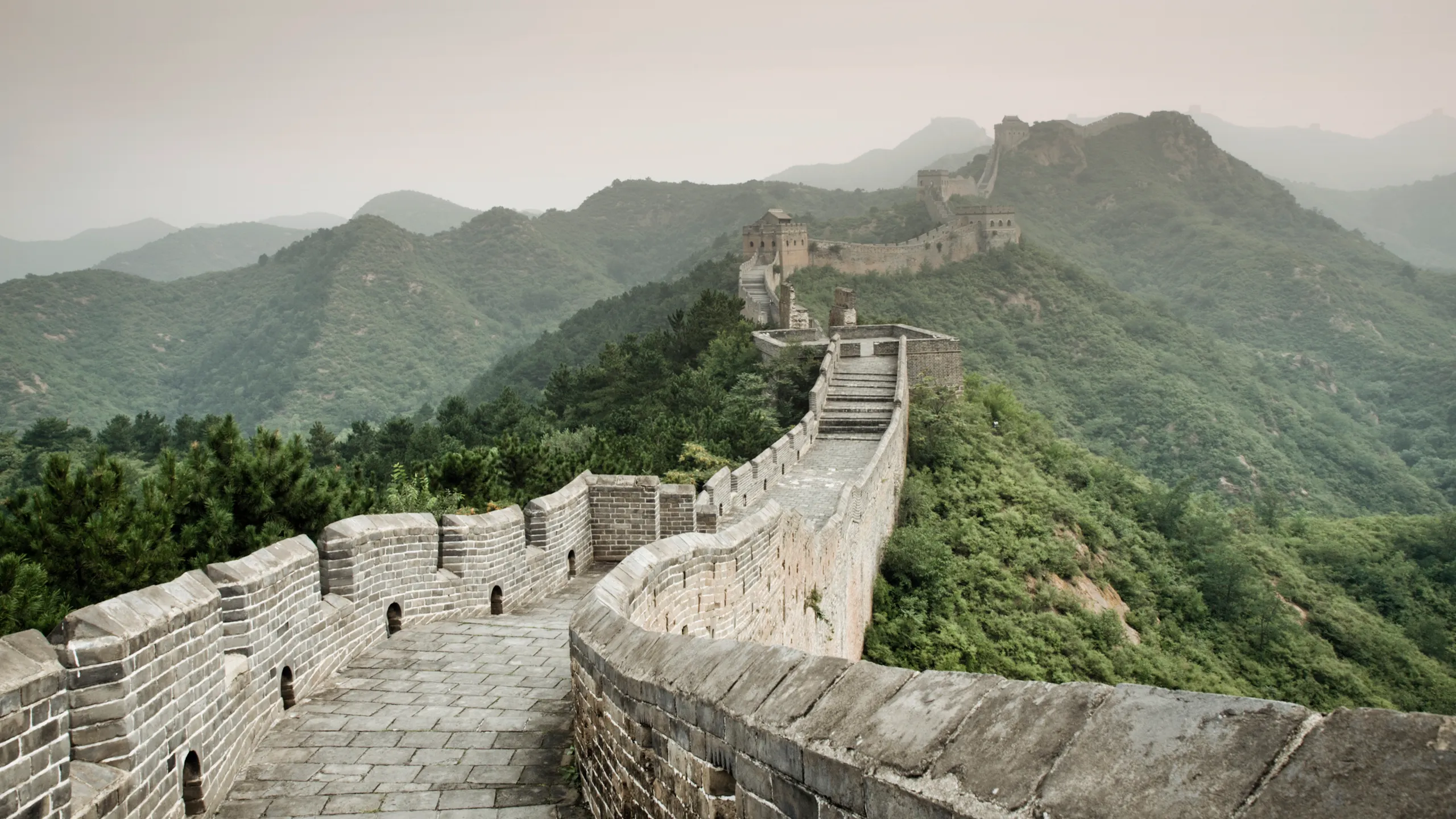
The Great Wall of China is an iconic architectural marvel spanning northern China. Constructed over centuries, its origins date back to the 7th century BC. The wall served as a defensive barrier against nomadic tribes, showcasing remarkable engineering. Built with stone, brick, wood, and earth, it united countless laborers, soldiers, and engineers.
Stretching 13,000 miles, the Great Wall embodies human ingenuity and determination. Watchtowers and fortresses provided surveillance and defense along its length. It controlled trade routes, customs, and transportation, representing China’s rich heritage and unity.
As a UNESCO World Heritage site, the Great Wall attracts millions of visitors annually. It offers breathtaking views, showcasing ancient China’s craftsmanship. Exploring its sections provides a unique glimpse into the country’s past, inspiring wonder and appreciation for this remarkable human achievement.
Chichén Itzá Seven Wonders of the Modern World
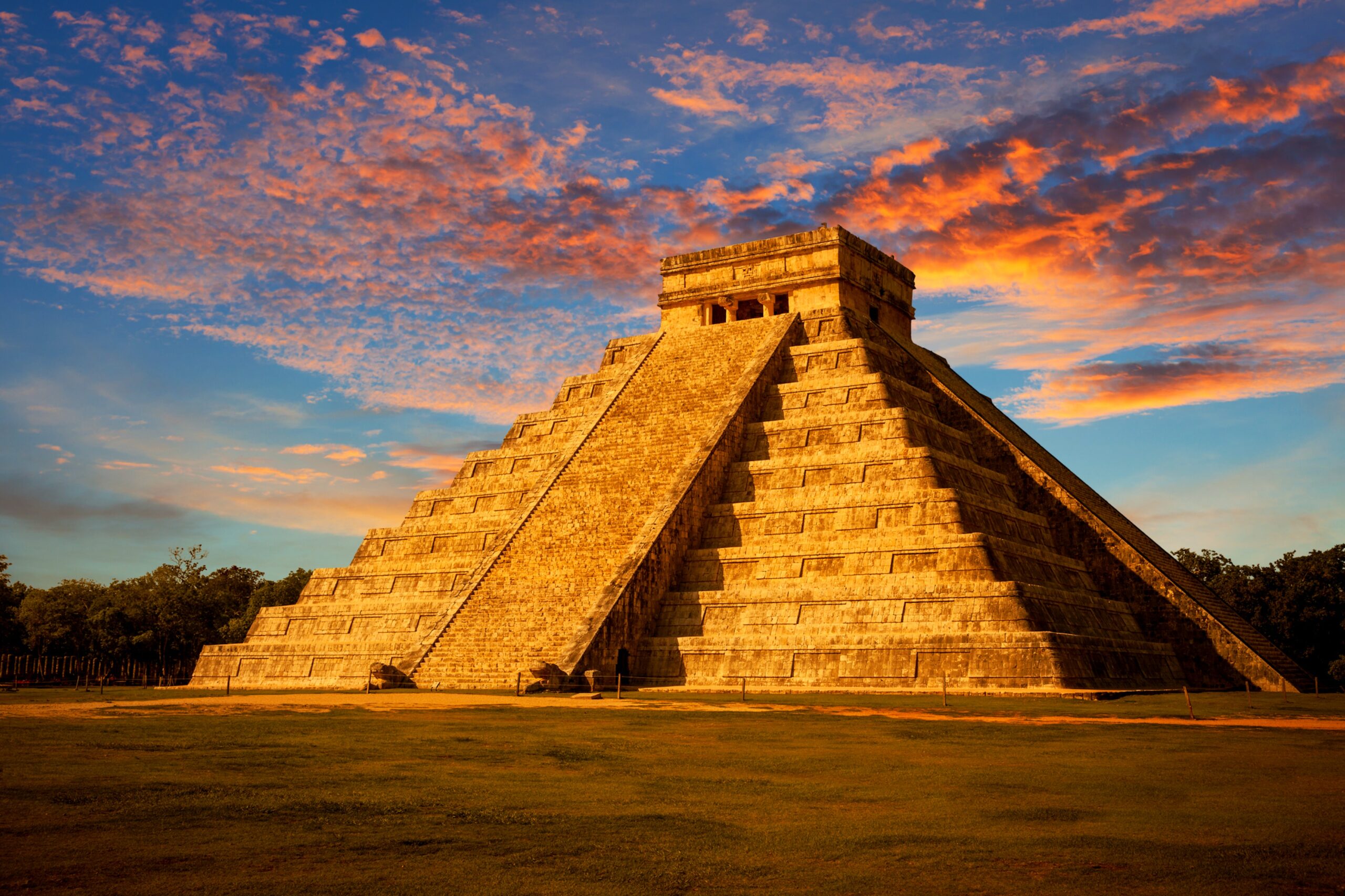
Chichén Itzá, a UNESCO World Heritage site and New Seven Wonder, thrived in Mexico’s Yucatán Peninsula. From the 7th to 13th centuries AD, it was a Maya city. The Temple of Kukulcan, known for its Mayan and Toltec styles, creates a serpent illusion at equinoxes. Other remarkable structures include the Great Ball Court, Temple of the Warriors, Observatory, Group of a Thousand Columns, and Sacred Cenote. Today, Chichén Itzá captivates visitors, revealing the Maya’s knowledge, culture, and legacy.
Petra Seven Wonders of the Modern World
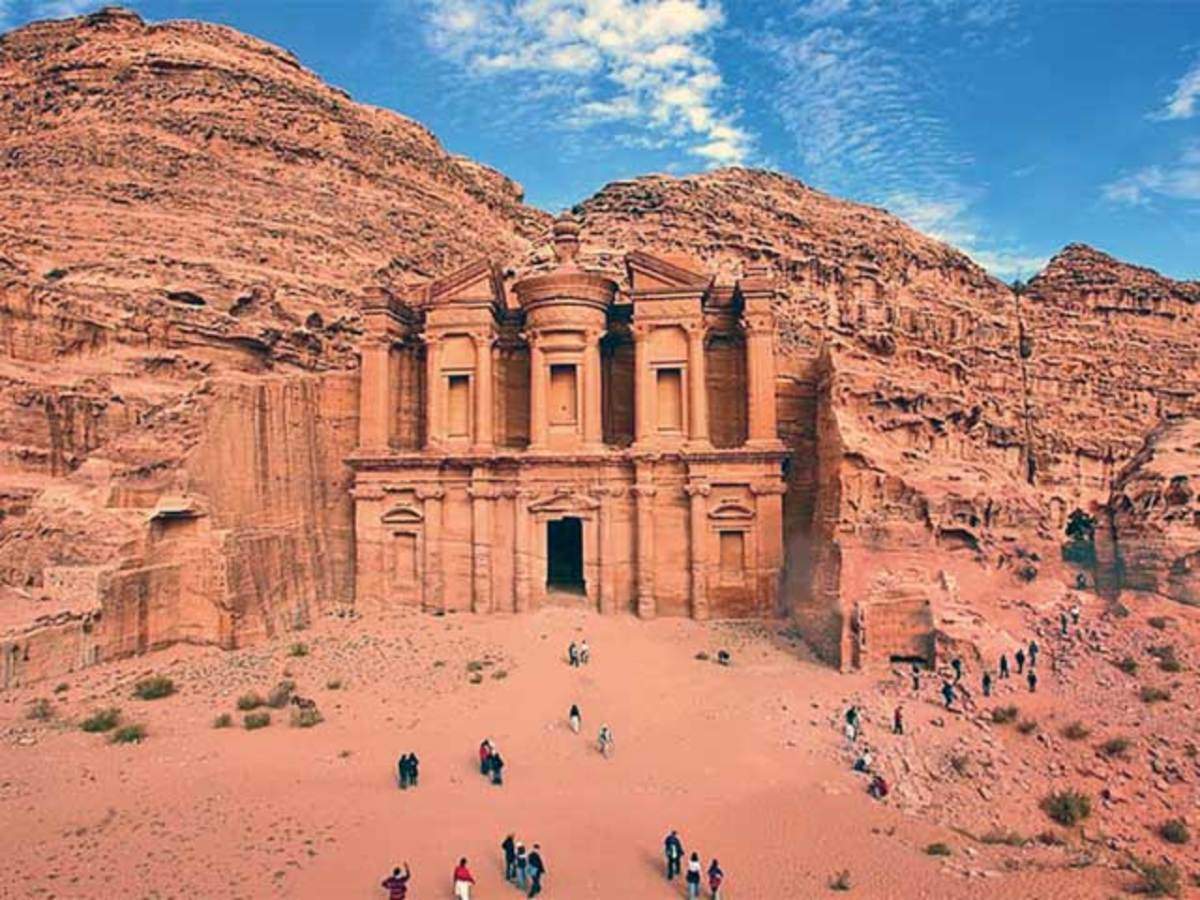
Petra, in present-day Jordan, is an ancient city, known as the “Rose City” for its carved rock. It’s a UNESCO World Heritage site and remarkable archaeological treasure. Once a thriving Nabatean city and trade center, Petra’s architecture was meticulously carved into sandstone cliffs by the Nabateans.
Founded around the 4th century BCE, Petra flourished during the Hellenistic and Roman periods. Its most iconic structure is the Treasury, a magnificent rock-carved façade symbolizing Petra’s grandeur. The Treasury showcases intricate details and craftsmanship blending Nabatean, Hellenistic, and Roman influences.
Petra’s vast archaeological site includes the Monastery, Royal Tombs, Great Temple, and Roman Theater. Its urban layout demonstrates advanced water management with intricate channels and cisterns. Strategically located along trade routes, Petra thrived economically, facilitating the exchange of valuable goods.
With its unique beauty, historical significance, and impressive engineering, Petra stands as a testament to the Nabateans’ prosperity and cultural achievements.
Machu Picchu Seven Wonders of the Modern World
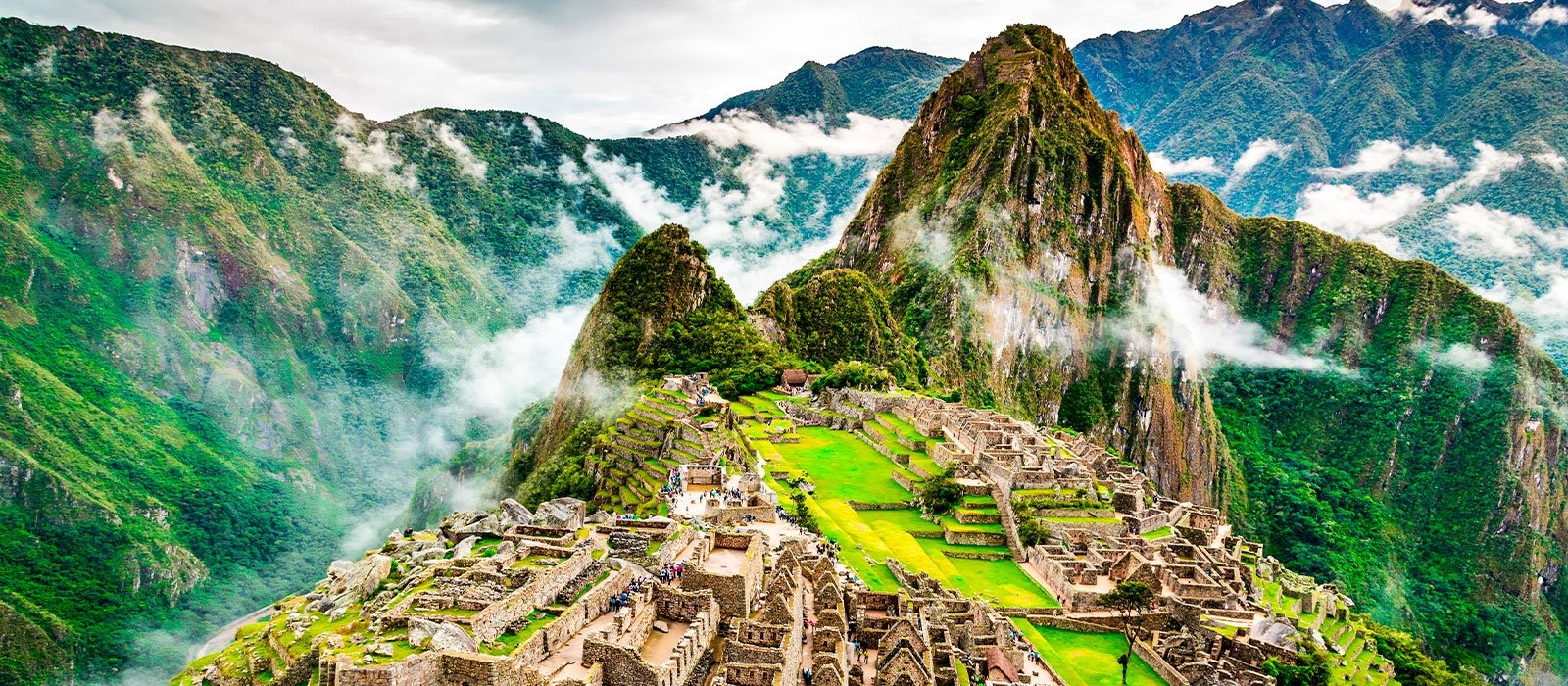
Machu Picchu, an awe-inspiring ancient city in Peru’s Andes Mountains, is a renowned archaeological site and UNESCO World Heritage site. Built by the Inca civilization in the 15th century, it was hidden until rediscovered in 1911 by Hiram Bingham.
Perched on a mountain ridge at 7,970 feet (2,430 meters), Machu Picchu offers panoramic views of peaks and the Urubamba River valley. Its strategic location and architectural design showcase the Inca’s integration with the natural landscape.
The city is divided into agricultural and urban sectors. Steep agricultural terraces called “andenes” maximize arable land and aid in water management and irrigation.
Machu Picchu’s precision lies in its mortarless stone walls, crafted with meticulous cuts and fittings, demonstrating the Inca’s engineering skills and earthquake-resistant techniques.
While its purpose remains speculative, theories include it being a royal estate, spiritual center, ceremonial site, or trade and administrative hub. Regardless, Machu Picchu is a cultural treasure, representing Inca achievements.
Christ the Redeemer
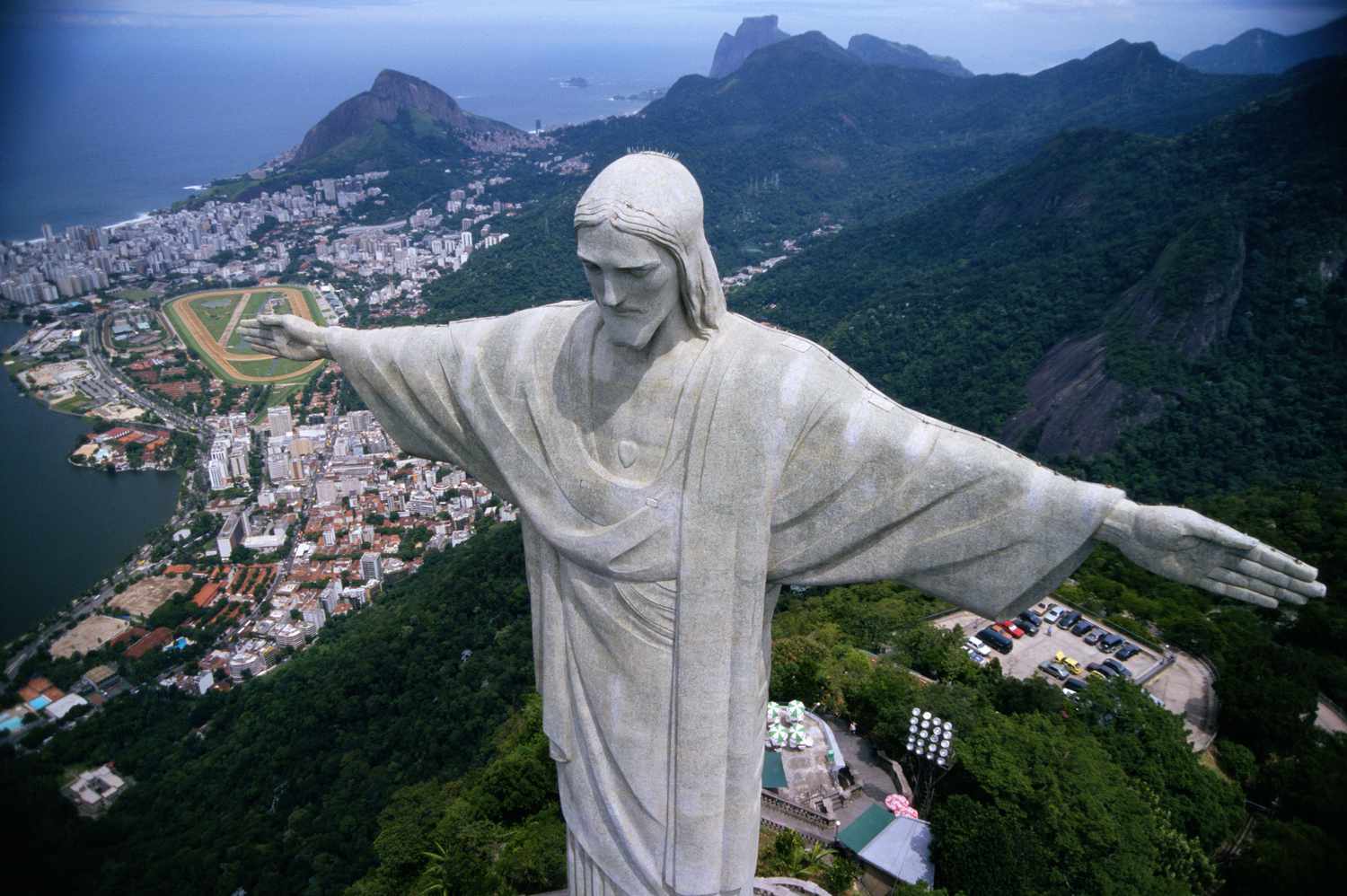
Christ the Redeemer, a monumental statue in Rio de Janeiro, Brazil, is a globally renowned symbol of the city and country. Standing atop Corcovado mountain at 2,300 feet (700 meters), it overlooks the city and offers panoramic views.
The idea for the statue arose in the 1920s to promote Brazil’s religious identity. Construction, led by engineer Heitor da Silva Costa and sculptor Paul Landowski, started in 1926 and finished in 1931.
This impressive statue represents Jesus Christ, with outstretched arms in a welcoming gesture. It stands 98 feet (30 meters) tall, with arms spanning 92 feet (28 meters). Made of reinforced concrete and covered in soapstone, it has a smooth appearance.
Beyond religious significance, Christ the Redeemer showcases human creativity and engineering. Constructing it on the steep and rugged Corcovado mountain necessitated careful planning and innovative techniques.
Today, it is a cultural and tourist attraction, drawing millions of visitors annually. People admire its grandeur, enjoy breathtaking views of Rio de Janeiro, and feel awe in the presence of this remarkable sculpture.
Colosseum
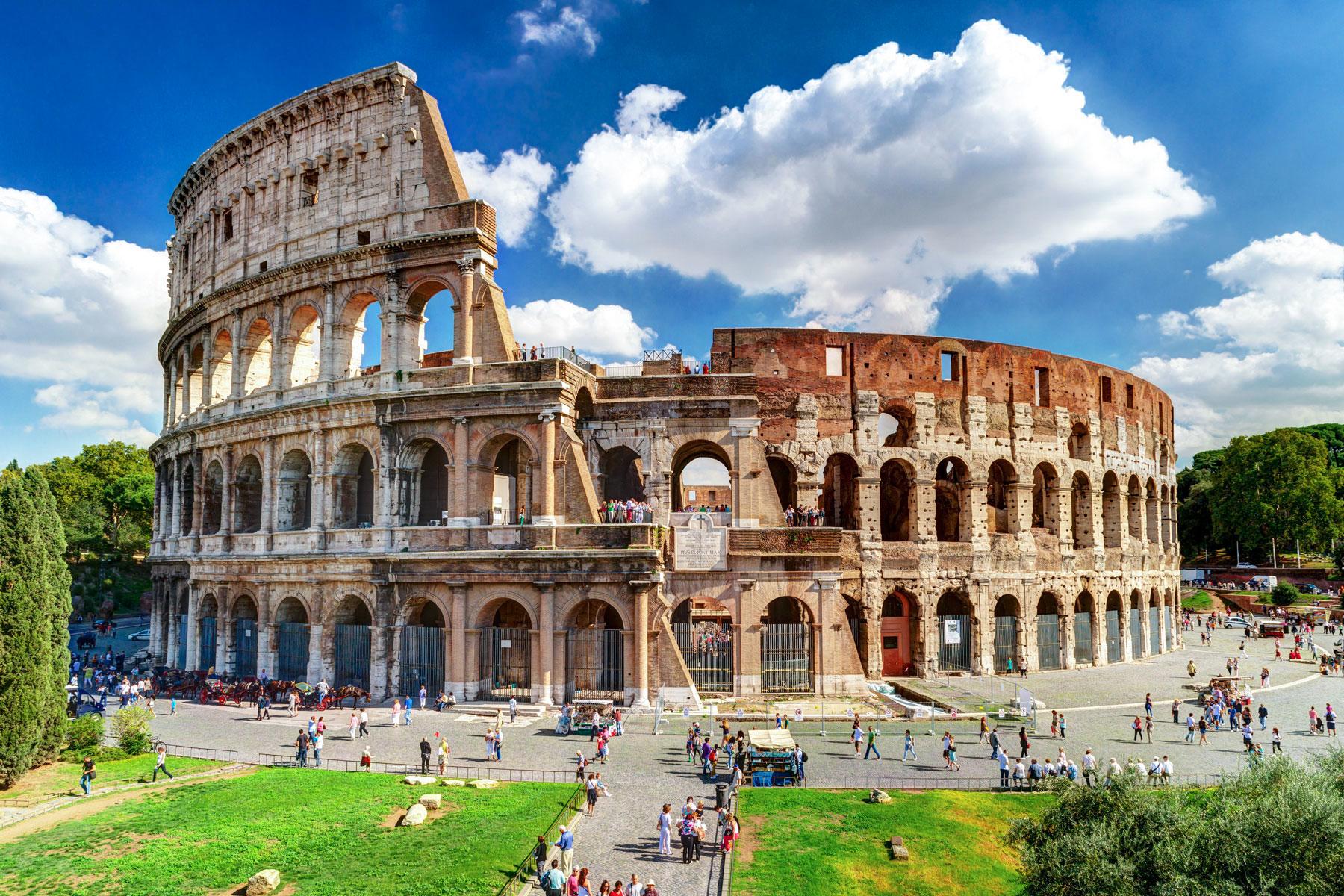
The Colosseum, Rome’s Flavian Amphitheatre, is an iconic ancient Roman structure. Construction began in 70-72 AD and finished in 80 AD under Emperor Titus.
Primarily used for public spectacles, the Colosseum hosted gladiatorial contests, animal hunts, and mock naval battles. It showcases the grandeur and engineering prowess of the Roman Empire.
This monumental amphitheater has an elliptical shape, measuring approximately 620 feet (189 meters) in length, 513 feet (156 meters) in width, and reaching a height of 157 feet (48 meters). It consists of concrete and stone, with four stories of arches, columns, and statues. The exterior features travertine limestone, while the interior could seat 50,000 to 80,000 spectators.
The Colosseum’s design was an ancient engineering marvel. It included ramps, corridors, and underground tunnels for efficient movement of people, animals, and props. Seating arrangements reflected social hierarchy, with privileged spectators closest to the arena floor.
Events held in the Colosseum entertained, while also serving political and social purposes. They displayed the power of Roman emperors, fostered unity, and reinforced social order.
Over time, the Colosseum underwent repairs, renovations, and repurposing. It faced damage from earthquakes, looting, and decay, but restoration efforts preserved its integrity and historical importance.
Taj Mahal
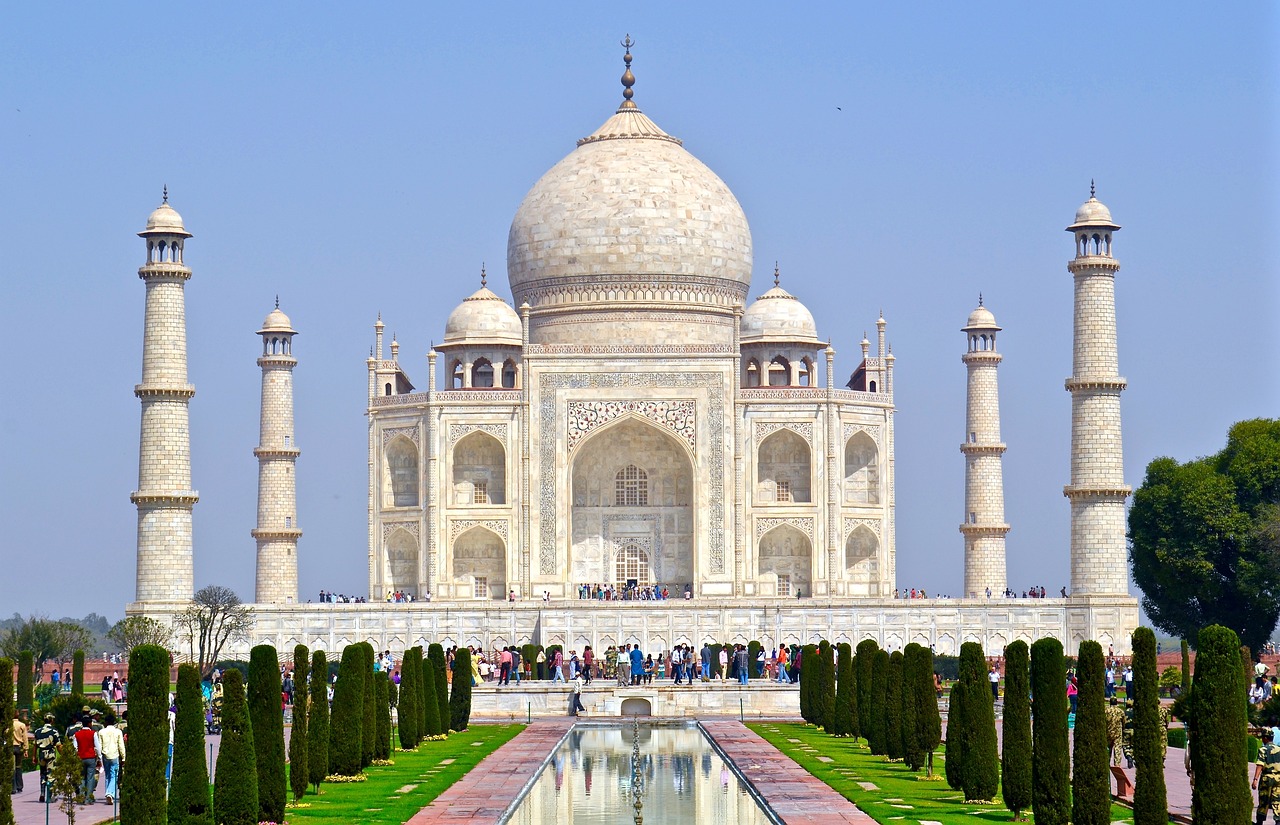
The Taj Mahal, located in Agra, India, is a world-renowned architectural masterpiece. It symbolizes India’s rich history and cultural heritage and is considered one of the most beautiful structures ever built. Mughal Emperor Shah Jahan commissioned it in memory of his wife, Mumtaz Mahal.
Construction began in 1632 and finished in 1648, involving thousands of artisans and laborers. White marble from India and Central Asia was used. The Taj Mahal’s design blends Persian, Islamic, and Indian styles, showcasing exquisite craftsmanship.
Its iconic feature is the white marble dome, surrounded by four minarets. Intricate marble inlays with floral patterns and calligraphy adorn the walls, creating stunning light and shadow effects.
The main mausoleum houses the tombs of Shah Jahan and Mumtaz Mahal. The chambers are richly decorated with semi-precious stones and carvings. The symmetrical Charbagh gardens have reflecting pools that enhance the monument’s beauty.
The Taj Mahal is a testament to profound love and emotional significance. It embodies Shah Jahan’s eternal bond and grief for his wife. It stands as a timeless symbol of their love.
You Might Also Like
- 10 Of The Oldest Mosques In The World
- 12 Most Famous Mountains In The World

